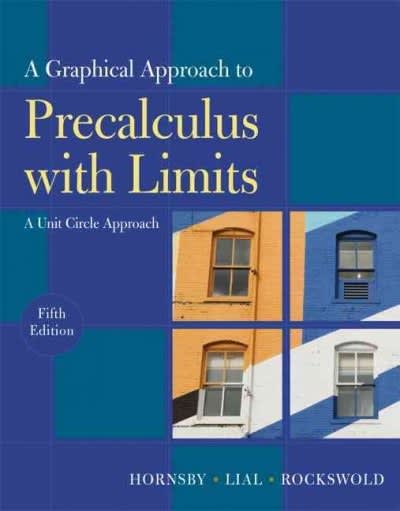Question
Using the dataset below. This dataset includes the value of US real GDP, measured in billion dollars . 1. Compute the arithmetic mean for real
Using the dataset below. This dataset includes the value of US real GDP, measured in billion dollars .
1. Compute the arithmetic mean for real GDP over the last two decades: from 2001 to 2020. (Just put the numerical value of the mean, measured in billion dollars, no need to put the unit of measurement. Round up your answer to two decimal points.)
2. Compute the sample standard deviation for real GDP over the last two decades: from 2001 to 2020. (Just put the numerical value of the standard deviation, measured in billion dollars, no need to put the unit of measurement. Round up your answer to two decimal points.)
3. Compute the geometric mean for the GDP growth rate over the last two decades: from 2001 to 2020. Report your answer in its decimal representation (rather than percentages). Round up your answer to three decimal points.
4. Compute the median GDP growth rate over the last two decades: from 2001 to 2020. Report your answer in its decimal representation (rather than percentages). Round up your answer to three decimal points.
5. Lastly, compute the interquartile range for the GDP growth rate over the last two decades: from 2001 to 2020. Report your answer in its decimal representation (rather than percentages). Round up your answer to four decimal points. (Hint: First, research the idea behind interquartile range. Then, make sure use of =QUARTILE function in Excel to compute the interquartile range).
| Date | Real_GDP_Billion_Dollars | Real_GDP_Growth_Rate |
| 1980 | 6759.181 | -0.002567556 |
| 1981 | 6930.71 | 0.025377262 |
| 1982 | 6805.758 | -0.01802878 |
| 1983 | 7117.729 | 0.045839236 |
| 1984 | 7632.812 | 0.072366273 |
| 1985 | 7951.074 | 0.041696525 |
| 1986 | 8226.392 | 0.034626454 |
| 1987 | 8510.99 | 0.034595788 |
| 1988 | 8866.499 | 0.041770552 |
| 1989 | 9192.134 | 0.036726476 |
| 1990 | 9365.494 | 0.018859603 |
| 1991 | 9355.355 | -0.001082618 |
| 1992 | 9684.892 | 0.035224426 |
| 1993 | 9951.503 | 0.027528521 |
| 1994 | 10352.432 | 0.040288313 |
| 1995 | 10630.321 | 0.026842848 |
| 1996 | 11031.35 | 0.037725038 |
| 1997 | 11521.938 | 0.04447221 |
| 1998 | 12038.283 | 0.044814053 |
| 1999 | 12610.491 | 0.047532381 |
| 2000 | 13130.987 | 0.04127478 |
| 2001 | 13262.079 | 0.009983465 |
| 2002 | 13493.065 | 0.017416971 |
| 2003 | 13879.129 | 0.028612033 |
| 2004 | 14406.383 | 0.037988985 |
| 2005 | 14912.509 | 0.035132085 |
| 2006 | 15338.257 | 0.028549723 |
| 2007 | 15626.03 | 0.018761764 |
| 2008 | 15604.688 | -0.001365798 |
| 2009 | 15208.834 | -0.025367586 |
| 2010 | 15598.754 | 0.025637682 |
| 2011 | 15840.664 | 0.015508339 |
| 2012 | 16197.008 | 0.022495474 |
| 2013 | 16495.37 | 0.01842081 |
| 2014 | 16912.038 | 0.02525971 |
| 2015 | 17432.17 | 0.03075515 |
| 2016 | 17730.509 | 0.017114249 |
| 2017 | 18144.105 | 0.023326813 |
| 2018 | 18687.786 | 0.029964623 |
| 2019 | 19091.662 | 0.021611776 |
| 2020 | 18426.077 | -0.034862601 |
Step by Step Solution
There are 3 Steps involved in it
Step: 1

Get Instant Access to Expert-Tailored Solutions
See step-by-step solutions with expert insights and AI powered tools for academic success
Step: 2

Step: 3

Ace Your Homework with AI
Get the answers you need in no time with our AI-driven, step-by-step assistance
Get Started


